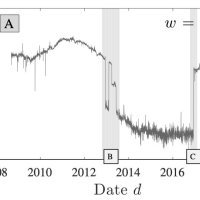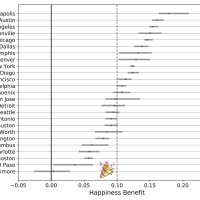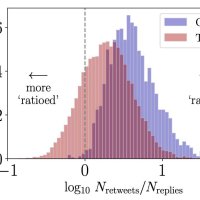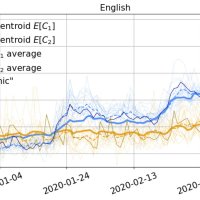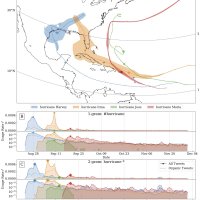Probability-turbulence divergence: A tunable allotaxonometric instrument for comparing heavy-tailed categorical distributions
Another new preprint for @compstorylab: “Probability-turbulence divergence: A tunable allotaxonometric instrument for comparing heavy-tailed categorical distributions” https://arxiv.org/abs/2008.13078 Allotaxonometry is the detail-rich comparison of two complex systems, or one evolving complex system with itself at different time points. See our foundational paper—where we introduce rank-turbulence divergence—for the full story ...



